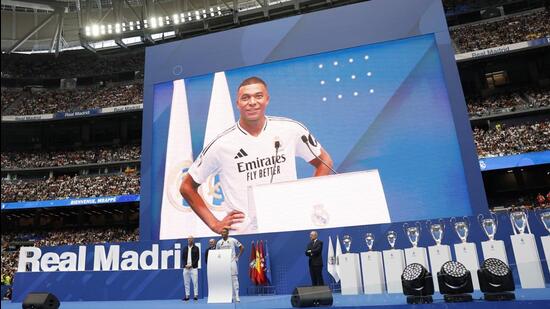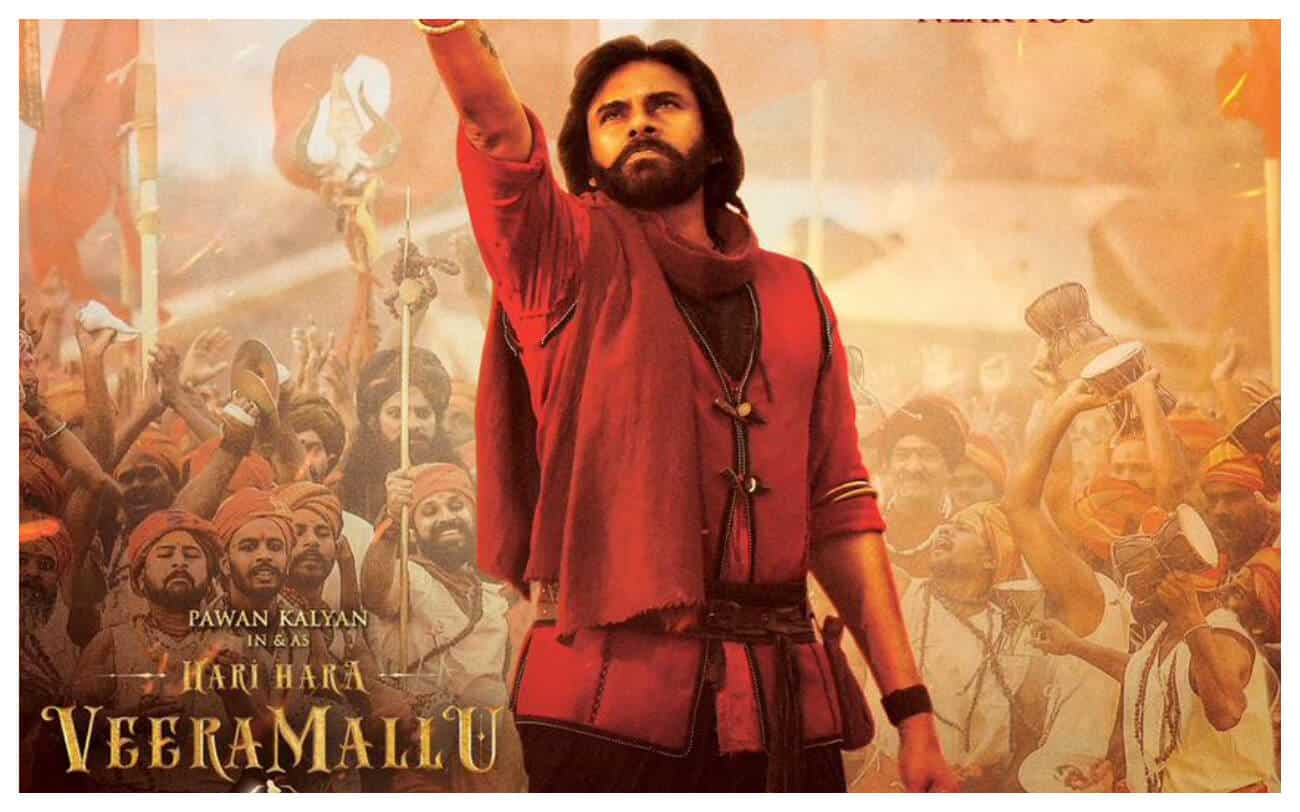
Real Madrid primes itself for Galacticos, Part III
8 months ago | 95 Views
More than a question of whether, it was a question of when. After years of courtship, and advances and retreats, the ‘when’ happened last week. Kylian Mbappe, the world’s most-valuable football player today, was formally introduced at Real Madrid. The 25-year-old joins 23-year-old Jude Bellingham, who had a similar moment last year, to form one of the youngest and most exciting engines at a football club today.
Introducing Mbappe was Real Madrid president Florentino Perez, a man who has brought the biggest draws in world football to the club, whatever the cost, his philosophy as its administrative leader. At the turn of this century, Perez re-pushed a Spanish word into the footballing sphere and left it there — Galacticos, or superstars. After two versions, coinciding with Perez’s two stints, Real might be priming itself for a third phase of Galacticos. Except, a lot has changed in European club football since Perez rolled the dice with Luis Figo in July 2000.
Stars with Skills
Portuguese right-winger Luis Figo was Perez’s pitch to become Real president and his first Galactico signing. It was doused in acrimony as Figo then played for archrival Barcelona, the entire sordid episode now a Netflix film. Real paid Barcelona a transfer fee of 60 million euros, beating the then-all-time transfer fee record of 47 million euros paid by Inter Milan for Christian Vieri the year before.
The following year, Real broke the Figo record to buy French playmaker Zinedine Zidane, who went on to become a Real legend as a player and manager, and was on stage when Perez introduced Mbappe. The Galactico line continued during Perez’s first stint as president from 2000 to 2006, and resumed in his second stint that began in 2009. It brought in the likes of David Beckham, Ronaldo, Kaka and Cristiano Ronaldo. Of the top 100 most-valued arrivals for each of the 12 superclubs in world football, as many as five of the top 10 during that decade dropped into Real Madrid as Galacticos.
Crowded at the TopEven as Real Madrid cemented its position as the biggest and grandest football club, and continued to pursue its big-spending ways, the financial needle in European football was moving further towards England. As media rights became bigger than ever, English club football hit a sweet spot. That, in turn, lifted all boats in Europe, and the biggest beneficiaries of that cycle were superclubs across the five big leagues.
Armed with greater financial muscle, they also spent big, albeit without the Real Madrid branding or strut of Galacticos. Between 2010-11 and 2019-20, of the top 100 most-valued arrivals for each of the 12 superclubs, only two went to Real Madrid—Gareth Bale and Eden Hazard. Three went to Barcelona, and two each to Paris-Saint Germain (PSG) and Juventus. Ironically, this list makes for poor value for money, as most players here struggled to integrate or were beset by injuries.
English SummersBetween 2000-01 and 2009-10, at the very top where fierce bidding wars for players ensue, Real Madrid was the number one spender among the 12 superclubs. It shelled out $959 million euros in transfer fees for these top targets during that decade, about 60% more than Barcelona, the next highest spender.
However, in the decade that followed, Real was only the seventh-largest spender on transfer targets. And this decade, beginning 2020-21, it is 11th. That ranking is depressed by the fact that Mbappe’s contract at PSG ran out and hence Real did not have to pay the French club. As recently as a year back, Real was reportedly prepared to pay PSG 180 million euros for Mbappe. Even factoring that in, Real would be a lowly ninth in transfer fees at the very top. In other words, other superclubs, notably the English ones, are now matching Real in transfer fees.
Preserving LeadershipWhat they might still not be capable of matching is the Real Madrid history and aura, burnished by the phrasing of its players as Galacticos. This is a club that has found ways and ways to win the biggest trophy in Europe in the past decade. This is a club that, like the West Indies cricket team of the eighties or the New York Yankees in baseball of the late 20th and early 21st century, has meant and symbolised something more.
For most of this century, Real has also been the world’s leading football club by revenues. According to Deloitte, Real Madrid bounced back in 2022-23 to become the world’s largest club by revenues, after being pipped by Manchester City for two years. That’s the underlying financial legacy and muscle that Perez has to take forward. And in Mbappe and Bellingham, he has two top draws to start a third cycle of Galacticos.
Read Also: time for gill to showcase his all-format class
#




















